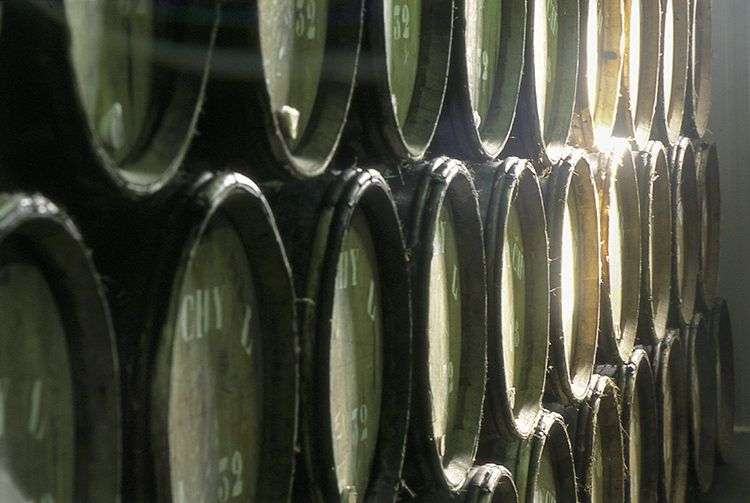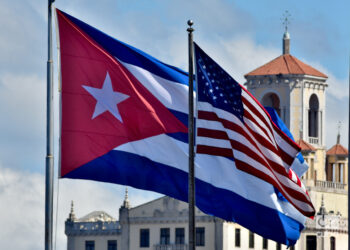Cuba Ron just made official its Regulatory Council of the Protected Designation of Origin “Cuba” (DOP), which also govern the production, certify that these are indigenous and original of that name, in addition to offering consumers products with quality parameters more authentic and stable.
Since 2010, Cuba Ron holds the Regulation 343 which refers to the DOP only granted by the Cuban state, which means added value to the products of this corporation, which gives it greater international recognition and encourages that in the commercial as well as in industrial property fields, acquire greater connotation.
The history of rum production in Cuba has over 150 years and it means a distinctive cultural brand of the island, transmitted from generation to generation or Rum Masters.
The Cuba Ron Corporation, a business entity created in 1993 as a producer and marketer of rum and other spirits, started running since then more traditional Cuban rum factories, with a structure designed to meet the industry requirements and the challenges of international trade.
The factories of the Cuba Ron Corporation are distributed throughout the country and the main ones are the Santa Cruz, in Santa Cruz del Norte, the Cardenas in that Matanzas municipality, the Central in Villa Clara and Santiago de Cuba, in the homonymous province. The latest is the San Jose in San José de las Lajas, Mayabeque, the latter belonging to the joint venture Havana Club International.
In 2013, these five factories produced 1380 lots in total and there are 0% of claims for quality. What makes the Cuban rum good? What gives it the international success?
For the making of Cuban rums in all the factories there are Management Systems Certificates and there is a movement of Rum Masters, which directly control the production at all stages of the process, which begins with the cultivation of sugarcane itself and continues the manufacture of sugar, honey selecting, adding water, yeast and nutrients, the fermentation process (key for the production of aguardiente which is the starting point of the rum aroma), distillation and aging and bottling.
The quality of Cuban rum, for many an unmistakable product on the market for light rums, passes through the unique climate conditions where cane is grown. Regarding the Rum Masters who produce it, their throughout the process gives it finally the quality of the physico-chemical and organoleptic properties (sight, smell, taste) that have always characterized it.
In the making of Cuban rum just the natural aging is carried out at all stages, to achieve a transparent and bright, nice and smooth on the palate rum, with a smell of low alcoholic strength and excellent balance between alcohol and age notes.
The wide marketing of Cuban rum, led by Havana Club brand, follows rigorously international technical regulations on rums.
The countries which the Cuban rum are mainly exported to are in the European Union. Its rules on light rums have a markedly technical nature in their requirements, which include the use of ethyl alcohol of agricultural origin only and no detectable taste of the raw material that is produced from. Rum must also have a lower than 96% vol alcohol content and cannot contain flavoring.
In the case of Canadian regulations on the import of light rums also establishes restrictions on the carbamate, a carcinogenic element that can come from sugarcane, if certain fertilizers are used.
At this first meeting of the Regulatory Commission of the DOP, the director general of Cuba Ron said he thinks of future names that are not only unique to Cuba Ron, but recognize the work of historically producing areas of rum, good molasses, and good spirits.
“With the production culture accumulated in Cuba, we’re going to rescue the prestige and merit of the country internationally for the quality of its sugars, in terms of production volumes; it is worth fighting for that.
“In the future there will be other organizations that exploit the element of territoriality and specificities that exist in different regions of the country and are clearly definable. Now with the new factory in San José de las Lajas we are creating a local tradition that did not exist there.
PhD Juan Carlos González, First Rum Master, considered the extensive classification of Cuban rums (white and ambar) as one of the peculiarities of Cuban productions on the international market of rums.
“Nowhere in the world there are so many classifications of rums and all ours have sensory typicality and different chemical physical specifications”.
The main brands Cuba Ron produces, markets and exports are Havana Club and Santiago de Cuba, as the more traditional ones. Also, its list includes Isla del Tesoro, Cubay, Varadero, Caney, Legendario and Arecha brands.










